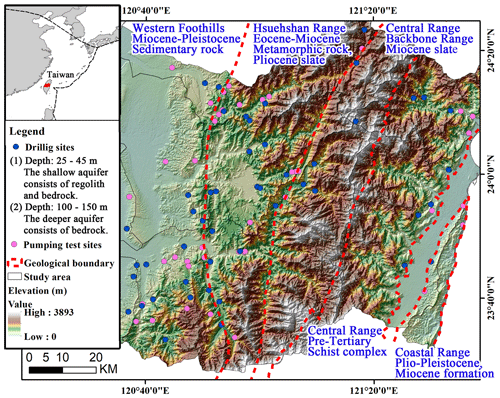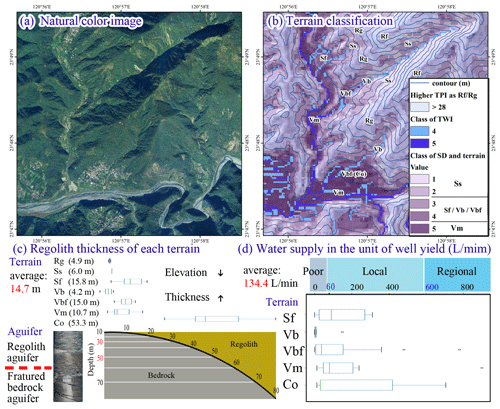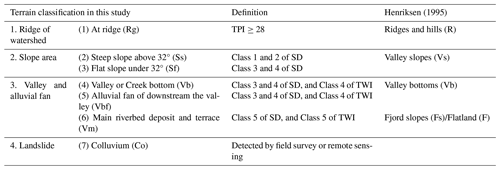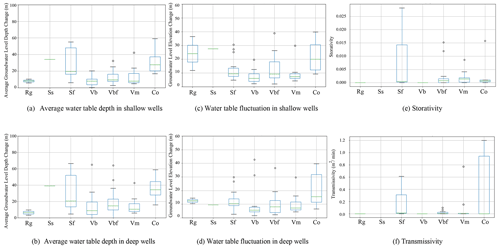Terrain-based evaluation of groundwater potential and long-term monitoring at the catchment scale in Taiwan
In groundwater resource management, the hydrogeological framework significantly influences groundwater flow and storage. The complexity of groundwater systems in orogenic regions necessitates comprehensive investigations. To ensure sustainable groundwater management and address global climate change impacts, hydrogeological surveys and long-term monitoring at the catchment scale are essential. However, regional surveys are often limited by budget constraints and field accessibility. Therefore, integrating remote sensing and GIS technology to analyze terrain features, combined with field test results, facilitates the establishment of comprehensive terrain classifications and groundwater potential maps, aiding subsequent groundwater resource investigations and management. This study collected data from 75 field investigation sites spanning the mountainous to plain regions of central Taiwan at the catchment scale. The data included regolith thickness, hydraulic parameters, and nearly ten years of groundwater level observations. Terrain classifications were based on indices such as the topographic wetness index, topographic position index, and slope degree, resulting in seven distinct terrain types. The results revealed that in main riverbed deposits and flat slopes, there were higher average well yields and groundwater-level fluctuations. Greater fluctuations were observed in areas characterized by ridges, colluvium, and low elevation in slope areas and valleys. The variability in shallow aquifers was particularly pronounced, with outliers reaching higher levels in slope and valley terrains. These findings underscore the complexity of groundwater dynamics in diverse terrain types, highlighting the need for tailored management strategies to ensure sustainable groundwater resources.









